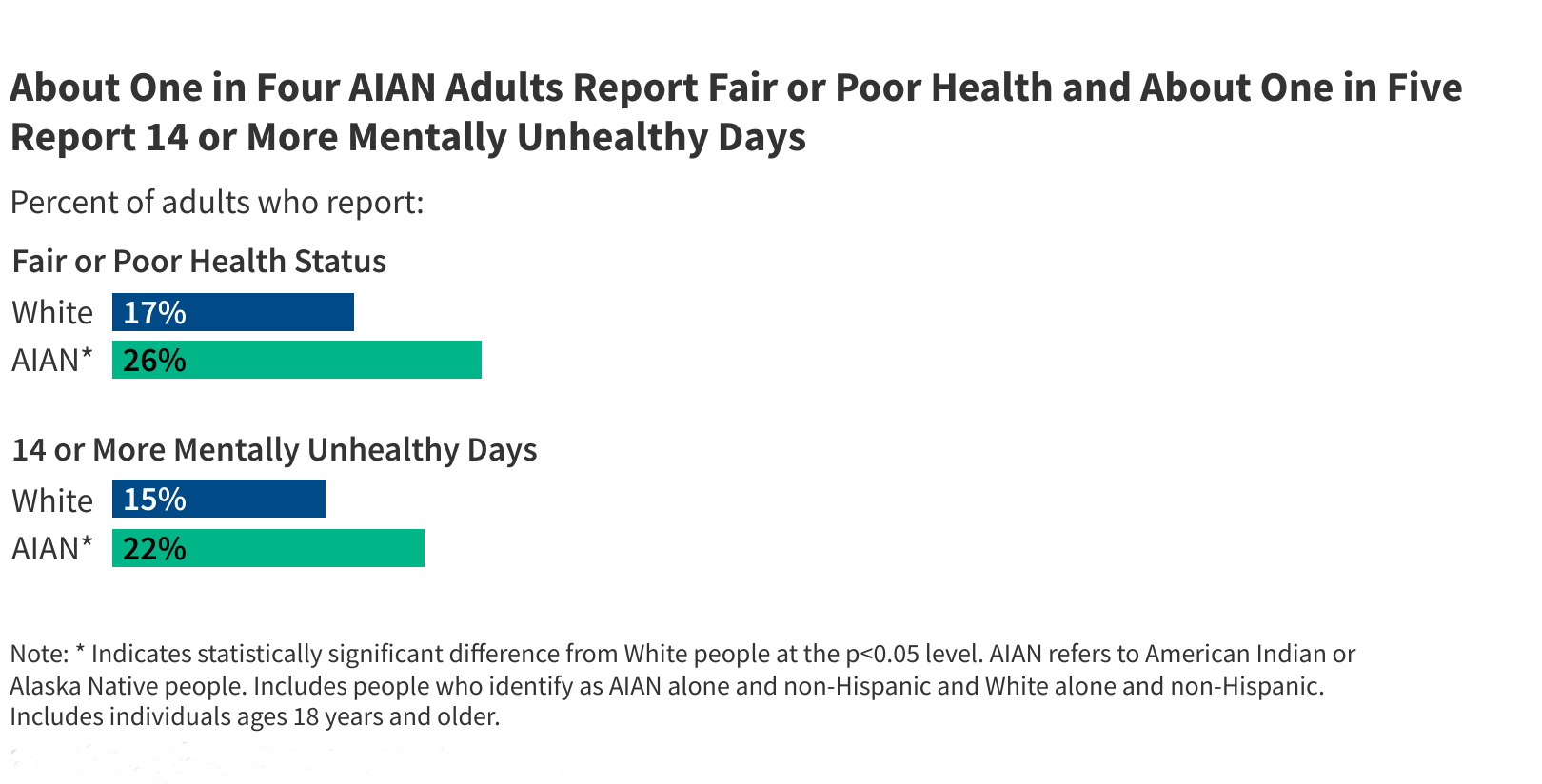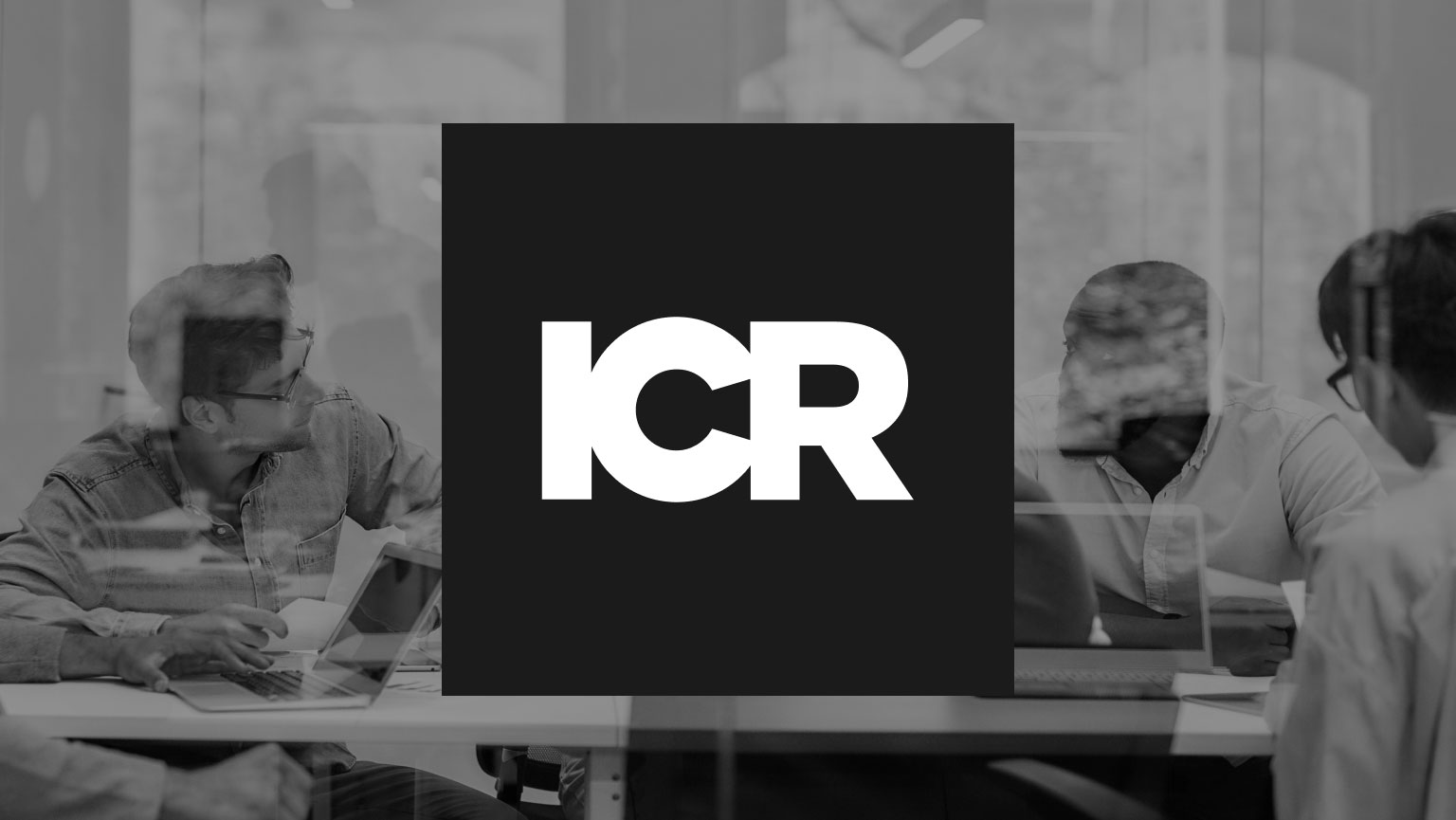LAS VEGAS — CVS’ home health arm Signify Health is set to make 3.3 million home visits this year, and the team isn’t looking to stop there.
Paymon Farazi, president of Signify Health, told Fierce Healthcare in an interview at the HLTH 2024 conference last month that Signify is seeing “staggering growth” because members “simply believe in the experience.” Signify conducts visits where a clinician, generally a nurse, is able to conduct multiple key preventive screenings in the patients’ homes, making it easier for the clinical team to spot risks and for patients to secure critical care.
Farazi said the visits typically last about 45 minutes, and the satisfaction rate for these interactions is 97%. That high level of satisfaction means people are more likely to agree to continue interacting with Signify, he said.
“The list of people we can reach out to for these things has stayed more or less the same,” Farazi said, “but we’re getting more and more people to say yes.”
Patients are surveyed after each visit about their experience, and Farazi said the team is also now asking them to submit Google reviews, a more public-facing signal about how patients are viewing the visits.
Seeing the positive feedback both internally and through platforms like Google gives the Signify team “tremendous confidence that we’re doing the right thing,” Farazi said.
CVS closed a deal to acquire Signify in March 2023 with a value of $8 billion. As a payor-agnostic business, Signify works with health plans to identify chronic conditions, close gaps in care and address social determinants of health.
Farazi said that from the moment that the merger was completed the team was looking for ways to lean on the combined assets within CVS — which include insurer Aetna, a massive pharmacy benefit manager and thousands of retail pharmacies—to continue to improve both for Aetna members and its external clients.
The team quickly identified that it could lean on the company’s pharmacists as an outreach tool, making patients aware that they can schedule home visits. Farazi also said Signify saw a boost right away from using CVS’ branding when reaching out to members via phone when its health plan clients were comfortable with that strategy.
Signify also secures referrals from MinuteClinics when appropriate, too, Farazi said.
“We’ve also gotten a lot better at data interoperability and the referral mechanisms internally for how we drive data to the provider, the PCP, all using existing sort of technologies and sort of motions that CVS had in place,” he said.
As the number of visits provided by Signify have grown, the variety of tests offered within those visits has also expanded into new areas. For instance, in October, Signify revealed that it will now offer digital tests that will identify signs of mild cognitive impairment, which is an indicator of future dementia that frequently goes undiagnosed.
In an announcement, Signify said that primary care providers often lack the time or diagnostics to identify cognitive decline early, and instead refer patients to specialists, which can draw out the process. The company said that adding the in-home test may close access gaps and connect patients to care more quickly.
The digital test also lasts about five minutes, compared to traditional pen-and-paper tests that often take far longer, according to Signify.
Farazi said that data suggests that 20% of people over age 65 have mild cognitive impairment. Of that group, 60% are unaware that they are experiencing MCI.
“If you don’t realize you have it, you’re not taking any plan to treat it or manage it appropriately,” he said. “And those people have more than two times higher costs in system utilization because they’re not taken care of.”
In September, Signify launched what it calls Focused Visits, which provide key testing, preventive care and education centered on specific chronic conditions. It initially partnered with Aetna to pilot these visits for diabetes patients in Florida and Texas, with plans to go nationwide in 2025.
The visits include screenings for diabetic retinopathy and chronic kidney disease as well as blood sugar monitoring.
Farazi called the program his “pride and joy,” and said the team conducted 100 Focused Visits in the first month of the pilot. However, Signify sees significant potential in continued expansion, with the goal of hitting 1 million visits within the Focused Visits offering.
As Signify continues to grow, the team is confronting the “stranger problem,” a key trust question to solve as it eyes further expansion. Farazi said to schedule a visit the member, who is likely a stranger to Signify, gets a call to invite the clinician—another stranger—into their home.
To get over this hurdle, the team has invested heavily in its branding strategy so that a member is more likely to know Signify before they receive that phone call about a visit.
At the end of the day, Farazi said, the team is focused on establishing that critical feedback loop for improvement. As it does so, it can continue to build out “customer obsession” with its offerings, he said.
“The future’s great for Signify,” Farazi said.
Publisher: Source link










